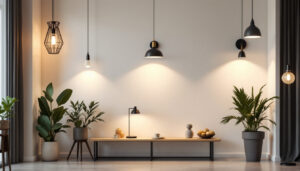
Lighting is a crucial aspect of kitchen design, and kitchen islands often serve as the focal point of this space. For lighting contractors, understanding the nuances of kitchen island lighting can significantly enhance the functionality and aesthetics of a kitchen. This article delves into the various types, styles, and considerations that lighting contractors should keep in mind when selecting and installing kitchen island lights.
The kitchen island is not just a workspace; it often serves multiple purposes, including meal preparation, dining, and socializing. Therefore, the lighting chosen for this area must be both functional and visually appealing. Proper lighting can enhance the overall ambiance of the kitchen while providing adequate illumination for tasks. A well-lit kitchen island can transform the space, making it feel more open and inviting, encouraging family members and guests to gather around.
Moreover, the right lighting can highlight the design features of the kitchen island itself, such as its material, color, and shape. As a lighting contractor, recognizing the importance of this can help you make informed decisions that will satisfy your clients’ needs and preferences. For instance, using warm-toned lights can enhance the richness of wooden surfaces, while cooler tones can accentuate sleek, modern materials like quartz or granite. This attention to detail not only elevates the aesthetic appeal but also ensures that the kitchen island becomes a focal point of the room.
When choosing lights for a kitchen island, it is essential to balance functionality with aesthetics. Bright, focused lighting is necessary for tasks like chopping vegetables or reading recipes, while softer lighting can create a warm, inviting atmosphere for family gatherings. The layering of different light sources—task, ambient, and accent—can create a dynamic environment that caters to various needs throughout the day.
Consider the various activities that will take place around the island. For instance, if your client often hosts dinner parties, they may prefer dimmable fixtures that can transition from bright task lighting to a more relaxed ambiance. Understanding these needs will help you recommend the best options. Additionally, incorporating under-cabinet lighting or LED strips along the edges of the island can provide subtle illumination that enhances safety during food prep while also contributing to the overall design aesthetic.
There are several types of lighting fixtures that are suitable for kitchen islands. Pendant lights are among the most popular choices, offering both style and functionality. They come in various shapes, sizes, and designs, allowing for customization based on the kitchen’s overall theme. Whether your client prefers industrial-style metal fixtures or elegant glass globes, the right pendant lights can serve as statement pieces that reflect personal style.
Other options include chandeliers, which can add a touch of elegance, and recessed lighting, which provides a clean, modern look. As a contractor, being familiar with these options will enable you to guide your clients effectively. Additionally, track lighting can be a versatile choice, allowing for adjustments in direction and intensity, making it ideal for spaces that may require different lighting setups at different times. The key is to ensure that the chosen fixtures not only illuminate the space effectively but also harmonize with the overall design and functionality of the kitchen, creating a cohesive and inviting environment.
The style of kitchen island lighting should complement the overall design of the kitchen. A modern kitchen might benefit from sleek, minimalist fixtures, while a farmhouse-style kitchen could be enhanced by rustic pendant lights. The choice of lighting can also serve as a focal point, drawing the eye and adding character to the space. For example, a striking industrial-style pendant can introduce an unexpected twist in a contemporary kitchen, creating a conversation starter for guests.
Additionally, consider the materials used in the kitchen. For instance, a granite countertop might look stunning with metallic fixtures, while wooden elements may pair better with softer, more natural materials. This attention to detail can significantly impact the final look of the kitchen. Incorporating lighting that reflects the textures and colors of the surrounding materials can create a harmonious balance, making the kitchen feel cohesive and well-designed. Furthermore, exploring different finishes, such as matte, polished, or brushed, can enhance the overall aesthetic and functionality of the lighting.
Another critical aspect to consider is color temperature. The Kelvin scale measures color temperature, which can range from warm (around 2700K) to cool (up to 5000K). For kitchen islands, a warm white light can create a cozy atmosphere, while cooler tones may enhance a more contemporary feel. Understanding the nuances of color temperature can also help in creating layers of light, allowing for versatility in the kitchen. For instance, using a combination of warm and cool lighting can help delineate different areas of the kitchen, making it both functional and inviting.
When advising clients, explain how different color temperatures can affect the mood and functionality of the space. This knowledge will help them make informed choices that align with their vision for the kitchen. Moreover, it’s worth discussing the role of dimmable lights, which can adjust the ambiance according to the time of day or occasion. This flexibility can transform the kitchen from a bustling cooking area during the day to a warm, intimate gathering space in the evening.
The height at which lights are hung and their placement is crucial for both aesthetics and functionality. Pendant lights should typically be hung 30 to 36 inches above the countertop to provide adequate illumination without obstructing views. Chandeliers might require different heights based on their size and design. It’s also essential to consider the scale of the fixtures in relation to the island; oversized lights can create a dramatic effect, while smaller fixtures may be better suited for a more understated look.
Moreover, consider the layout of the kitchen. If the island is large, multiple fixtures may be necessary to ensure even lighting. As a contractor, you should assess these factors during the planning stage to avoid any complications during installation. Additionally, take into account the surrounding cabinetry and appliances, as their placement can influence how light is distributed throughout the kitchen. Thoughtful placement not only enhances the functionality of the space but also contributes to a well-lit and inviting environment, making it a perfect spot for family gatherings or entertaining friends.
In today’s world, energy efficiency is more important than ever. As a lighting contractor, you should be well-versed in the various energy-efficient lighting options available, such as LED fixtures. These not only consume less energy but also have a longer lifespan, making them a cost-effective choice for your clients.
Encouraging clients to opt for energy-efficient solutions can also enhance your reputation as a contractor who prioritizes sustainability. This can be a significant selling point, especially for environmentally conscious homeowners.
With the rise of smart home technology, integrating smart lighting solutions into kitchen designs is becoming increasingly popular. These systems allow users to control lighting through smartphones or voice commands, offering convenience and flexibility.
As a contractor, staying updated on the latest smart lighting technologies can set you apart from competitors. Educating your clients about the benefits of smart lighting can help them make informed decisions that enhance their kitchen experience.
It’s essential for lighting contractors to be aware of local building codes and regulations regarding kitchen lighting. Compliance ensures safety and can prevent costly modifications later on. Familiarizing yourself with these codes can also build trust with your clients, as they will appreciate your professionalism and attention to detail.
Make sure to discuss these regulations with your clients during the planning phase. This proactive approach can help avoid any misunderstandings and streamline the installation process.
Once the planning and selection phases are complete, the installation process begins. Proper installation is critical to ensure that the lighting functions as intended and enhances the kitchen’s overall design.
Before installation, double-check the electrical requirements for the chosen fixtures. Ensure that the wiring is adequate to handle the load and that all safety measures are in place. This step is vital to prevent any electrical issues down the line.
After installation, it’s important to test the lighting to ensure it meets the client’s expectations. Check for any flickering or uneven lighting, and make necessary adjustments. This attention to detail can significantly impact the client’s satisfaction with the final product.
Encourage your clients to live with the lighting for a few days and provide feedback. This allows for any final tweaks, ensuring that the lighting not only looks great but also functions well for their needs.
Finally, educate your clients about the maintenance and care of their kitchen island lights. Depending on the type of fixtures chosen, cleaning and maintenance routines may vary. Providing this information can help clients keep their lighting looking its best for years to come.
Consider creating a simple maintenance guide that clients can reference. This small gesture can enhance their experience and demonstrate your commitment to customer service.
Kitchen island lighting is a vital element of kitchen design that lighting contractors must approach with care and expertise. By understanding the importance of functionality and aesthetics, staying updated on trends, and adhering to building codes, contractors can ensure that they provide exceptional service to their clients.
From selecting the right fixtures to ensuring proper installation and maintenance, every step in the process is crucial. By prioritizing these factors, you can create beautiful, functional kitchen spaces that meet the needs and desires of your clients, ultimately leading to satisfied customers and a thriving business.
Ready to elevate your kitchen island lighting projects with the finest selection of fixtures? Look no further than LumenWholesale, where we offer contractors the best value in spec-grade lighting products. Our commitment to quality, affordability, and convenience ensures that you can light up any kitchen with confidence. Take advantage of our wholesale prices, free shipping, and exceptional product range to make your next installation shine. Visit us now and discover how we can help you achieve the perfect balance of functionality and style in your lighting endeavors.
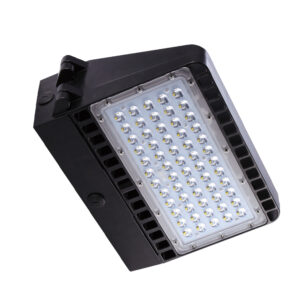
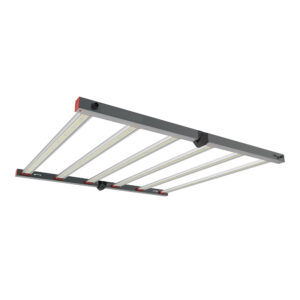
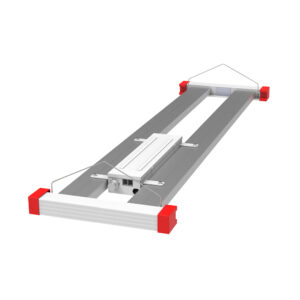
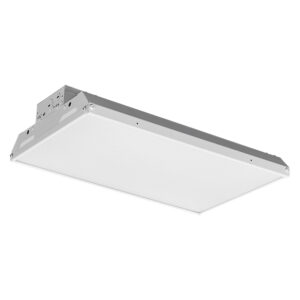
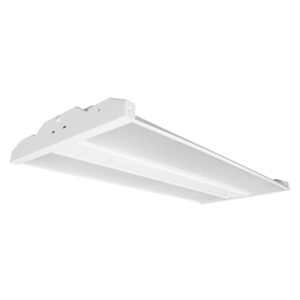
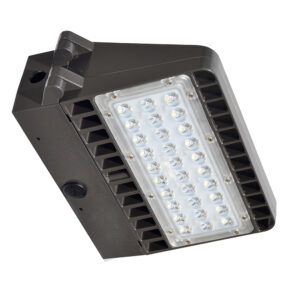
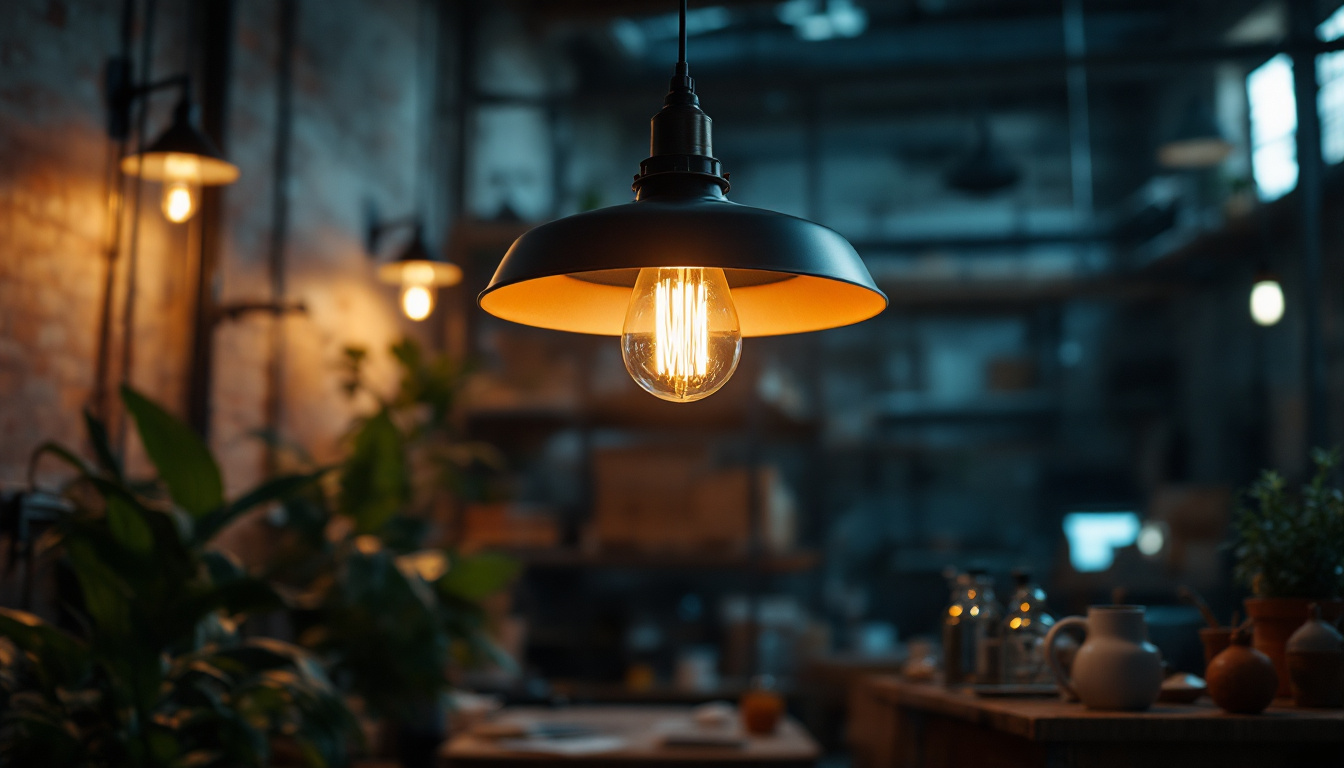
Explore the advantages and drawbacks of warehouse hanging lights in this insightful article tailored for lighting contractors.

Discover essential insights for lighting contractors on hazardous location lighting.

Discover how the 100W LED High Bay Light is revolutionizing the lighting industry for contractors.

Discover essential insights into commercial sign lighting with our comprehensive guide tailored for lighting contractors.
Get notified when NEW deals are released.
Optimize your budget with wholesale discounts.
Only top-quality, specification-grade lighting products.
No additional costs at checkout - what you see is what you pay.
We understand the unique needs of contractors.